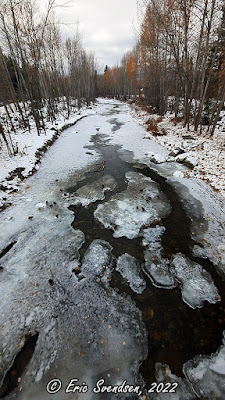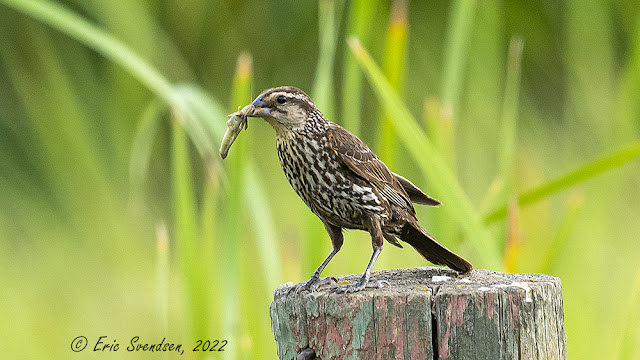House wren and cropping. Didsbury, Alberta. August, 2022.

House wren - same original photo with different degrees of cropping. As a hobbyist interested in photographing wildlife, I have always strived to have telephoto lenses that will allow me to capture images of the creatures I so enjoy. Over the years, and there have been many of them, I have owned practically every category of telephoto made by man. These include all-in-one zooms (28-300 mm), telephoto zooms (80-400 mm), modest primes (200 mm), medium primes (300 mm), and long primes (500 mm). I have used OEM (brand name - Nikon and Minolta) and third-party (Tamron and Sigma) lenses and lenses with a myriad of features such as stabilization, special coatings, differing focus methods, and lenses with specialized glass. Overall, this is what I have learned regarding them: A good prime lens will always outperform a good zoom lens. Good glass is expensive but rarely makes a regrettable purchase. If you have to use a zoom lens, keep the focal length range to 4x or less....


























